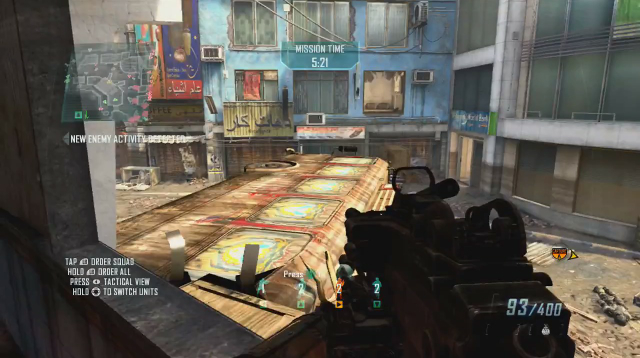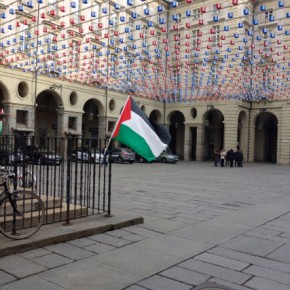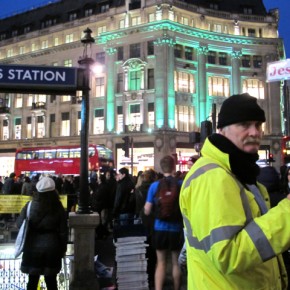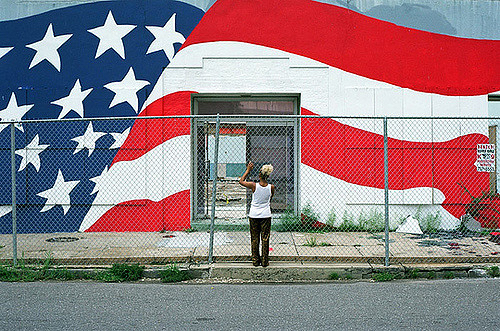“Have you played Bioshock: Infinite?” my friend asked. I frowned, telling him no. First-person shooters are a hard sell for me, because many glorify war, and promote reactionary narratives about American military prowess. Call of Duty: Black Ops II verified this for me when we took the role of US Navy SEALS firing at Salafi militants in the Pakistani city of Peshawar.
After some convincing, in which my friend outlined an interesting plot, we played through a good portion of the game. I found myself conflicted. Despite its unnerving violence, Bioshock was nonetheless compelling. An experience, I guess, had by many others. I’m really glad I gave it a chance. It changed the way I thought about video games. At least this genre.
Bioshock: Infinite’s extreme violence is played out in an intricately-constructed, partially historical setting. The game takes place in the floating city of Columbia, which is revealed through archived media to have been launched during the 1893 Chicago World’s Fair. After the city intervenes in the Boxer Rebellion against the wishes of President McKinley, it secedes from the United States and quickly descends into group warfare. By the time the player arrives, Columbia has become ruled by a prophet named Father Zachary Comstock, who preaches a gospel of Protestant nationalism.
It’s a great satire of Evangelical politics. After the protagonist nearly drowns in a forced baptism, the player is allowed to experience its effect on daily life before the action begins. This is crucial. Father Comstock’s Founders are revealed to have fused Christianity with a libertarian faith in American exceptionalism, and, of course, the free market. Sound familiar? George Washington, Thomas Jefferson, and Benjamin Franklin are seen being worshipped by pilgrims for the gifts they bestowed to the city. This is accompanied by a vicious racism, class warfare, and decidedly un-PC political rhetoric, such as the repeated phrase, “victory at Wounded Knee.”
This spectacle of settler-colonial violence culminates in a carnival game, in which the player is expected to throw a baseball at an interracial couple tied to a grotesquely racist theater set. During this scene, the violence begins with the protagonist shoving a police officer’s face into a mechanical claw. It is likely that many players were counting down to this moment on their play-throughs. However, I believe that the buildup is the most important part of the entire game.

Bioshock creative director Ken Levine stated in an interview that he aims to create worlds where gameplay and narratives become unified. This approach makes sense. Throughout his career, Levine has always used creative schemes like these to create artful, as well as politically challenging video games. The seamlessness of Bioshock’s transition between different kinds of violence is a great example.

None of this violence, however, is random. In each and every instance, it results from developing conflicts, which, on occasion, become murderous. Columbia is not presented like the Peshawar map in Call of Duty: Black Ops, where players are dropped into an exotic setting to kill people. Columbia is a carefully-designed dystopia that is built on invisible relationships of violence, from its white supremacist outlook to the coercion of religious fundamentalism. It sees itself as a personification of John Winthrop‘s Puritanical City Upon A Hill fantasy, typical to American colonial thinking.
The brutality required for this illusion to be sustained means that it is already about to explode when the player arrives. This is what makes the rest of the game’s almost comedic bloodshed work so well. The suspended Elysium of American exceptionalism that the Founders espouse is forced through the violent realities that made it possible. This is a crucial piece of meditation for anyone attempting to grapple with the darker aspects of American history, from the Burning of Atlanta to the September 11th attacks.
While other aspects of the game may strike its players as less artistic, Ken Levine has helped to further develop the sub genre of video games that are better classified as interactive theater. It was disappointing to me for many years that despite video game graphics getting exponentially more impressive, the mechanics and philosophical underpinnings of many games were still being unfairly neglected. Bioshock: Infinite is an example of what can be done to elevate video games to a more sophisticated place in modern culture.
Screenshots courtesy of Activision and 2K Games. All Rights Reserved.





